I have been developing my own film for a few years now and am slightly addicted to the process. There is just something magic about loading your film into the spools adding the chemicals and abracadabra negatives. Obviously, it’s a bit more involved than that but I really enjoy the method. Also, to anyone that is curious but has never tried I can’t recommend it more highly as it is really rewarding doing everything from scratch. Just be careful as it is a slippery slope and your bathroom/laundry may turn into a full time darkroom before you know it.
So, talking about doing things from scratch, what’s the next logical step but cooking up your own DIY developers? This whole crazy notion came to me when I acquired a bunch of old darkroom equipment along with some books on photography for an absolute steal off Facebook Marketplace. Mixed in with the books was a copy of The Darkroom Cookbook by Steve Anchell. This is a great resource that gives the theory behind the development of photographic chemicals, a bit of an understanding of the chemicals and process involved and, like any good cookbook, recipes that you can use at home.It was first published back in 1994 and is now on it’s 4th edition.
The books deals specifically with black and white chemistry in all it’s forms touching on developers, stop baths and fixers. The recipes themselves range from mild to wild and cater for all types of darkroom processes including traditional printmaking. One of the recipes I have tried recently is for a Developer called PC-TEA and this is what we are here today to talk about.
PC-TEA is an abbreviation of the main components of the recipe being phenidone, vitamin C and triethanolamine. The first two are the active components that actually do the work of converting the photo sensitive silver halides in the film emulsion into inert crystalline silver. triethanolamine is an organic solvent that makes up body of the developer solution and keeps the two active components inert so that they don’t degrade.
This formula ticks a few boxes for me. It is pretty cheap to make, it is low toxicity compared to a lot of others available, it goes a long way (usual working solution is 1:50) and it keeps for a long time. When I say a long time we are talking decades rather than months with some users reporting that it has similar shelf life to Rodinal which will supposedly still be active when our grand children have children (I may be exaggerating but you get the point).
So what will you need and where do you get all of the ingredients? Vitamin C is readily available at chemists and health food outlets, or online from places like Amazon. Look for 100% Ascorbic Acid as a soluble powder rather than in tablet form. Its cheap and completely harmless seeing as it is organic and found in all the good stuff like oranges, broccoli, strawberries and other fruit and veg.
Next you will need phenidone which is one of the traditional elements of developers. Usually B&W developers are phenidone or metol based. Metol tends to be more common and is usually used in greater quantities to get the job done,whereas phenidone takes longer to do the job but is needed in much smaller quantities.Using small quantities also means that the resulting developers are less concentrated and less toxic overall. A reducing agent, in this case ascorbic acid, helps to activate the phenidone and speed up the developing process. phenidone can be sourced from photographic supply outlets like Photographers Formulary and Artcraft in the US or Gold Street Studios here in Australia.
One of the other issues that is faced with phenidone is that it is very reactive with air which means that it becomes less reactive the longer it stands without being used. As such, the fresher it is the better it works. Propylene glycol is also used as a solvent for the phenidone in this recipe to help overcome the problem. Propylene glycol is used in a wide range of day to day things such as dairy products, canned whipped cream, artificial sweeteners, hand sanitizers, cosmetics and antifreeze.
Lastly you need triethanolamine, this one sounds scary but its really not. It is used quite widely in cosmetics and personal hygiene products as well as an additive in flavourings used in some foods, though I don’t suggest drinking it on it’s own. It should be available in shops that cater to hobbyists or small businesses that make these types of things, Dr Google should be able to help you out in this regard. It also makes up the base for a few other developers that are widely used such as 510-Pyro. Note that this is triethanolamine not triethylamine. Triethylamine is a much more reactive chemical and heating it in the method discussed below will cause you to have a very bad time.
Another optional additive to this mix is potassium bromide which works as a restrainer to reduce fog in films that have had less than optimal storage or that are out of date. You don’t need to put this in but I have added it to my recipe just in case. Bromide can inhibit the activity of developing agents like metol and phenidone but at the amount used in this recipe there is no real impact to overall effectiveness.
And now for the recipe. You will notice that all of the measurements her are in grams. To do this you will need to have a good set of scales that measure in increments of 0.1 of a gram.
To make your very own PC-TEA you will need:
9g – Ascorbic Acid (Vitamin C)
0.25g – Phenidone
75ml – Triethanolamine
0.2g – Potassium Bromide
First a note on safety
Whenever playing with chemicals always use gloves and safety goggles. The chemicals in use here are relatively non toxic but still not fun if you get them in your eyes.
Also the method below uses a microwave for heating. Be very careful if using this method. If not 100% comfortable with this method the traditional way of heating the solvents is to use a water bath.
Step 1: Make a solution of 1% Phenidone
To do this get a clear, microwave safe container and add 100ml of propylene glycol. The best option is a glass labware beaker but you should be fine with whatever you have on hand. Put this to one side and measure out 1g of phenidone.
Next grab your container with the glycol and zap in the microwave for 10 seconds. Give it a stir and test the temperature with your hand. What you are aiming for is to get the glycol to a temperature that is just hot enough for you to just hold in your hand without burning. You don’t want this to be scalding hot as the phenidone will become less active if you heat it too much. If it isn’t hot enough give it another zap or two until it gets up to temperature.
Once you have the solution heated, add your phenidone and stir until dissolved. This may take a bit of time but it will get there eventually. You may need to re-heat the solution if it loses temperature during this process.
Once this is done you now have a 1% solution. This means that for every 10ml of the phenidone/glycol solution you will get 0.1g of phenidone. This makes measuring much easier down the track and also helps to keep your phenidone more active over time as it becomes inert once added to the glycol. If you keep in a brown, airtight bottle it will keep for much longer than as a powder.
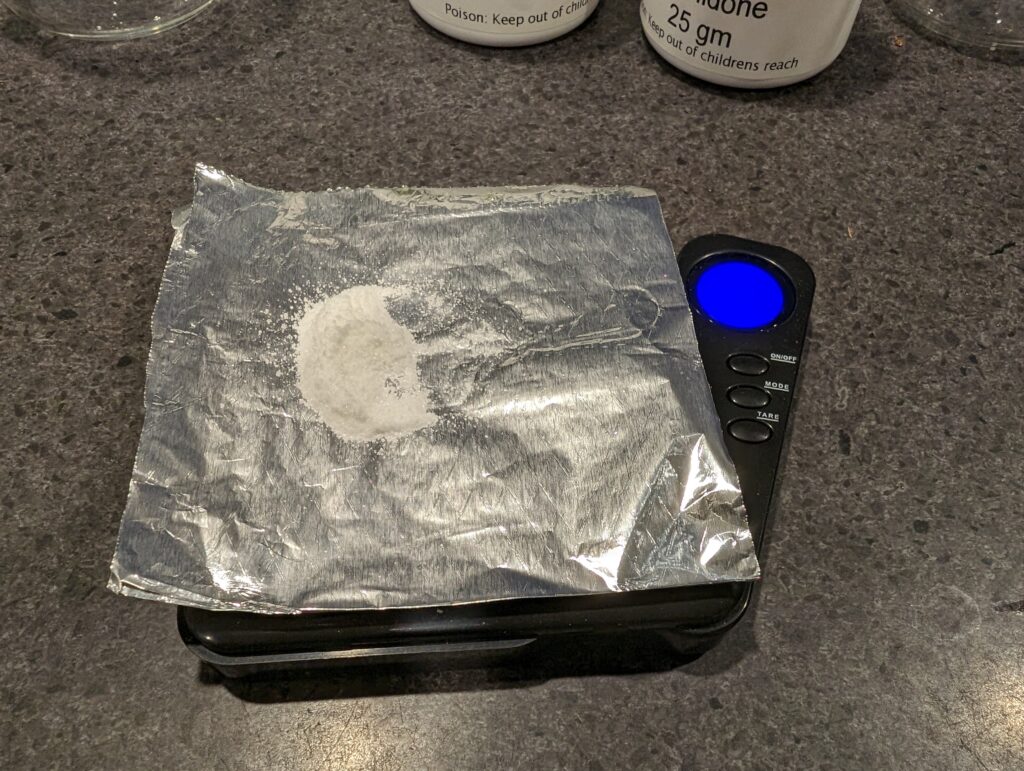
Step 2: Time for TEA
Next you need to measure 75ml of triethanolamine into another microwave safe container/beaker. Also measure 9g or ascorbic acid and 0.2g potassium bromide and set to one side. Heat up your triethanolamine in the same way you did with the glycol in the last step. Just like the glycol earlier we are looking to heat the TEA until it is hot enough to just hold in the palm of your hand.
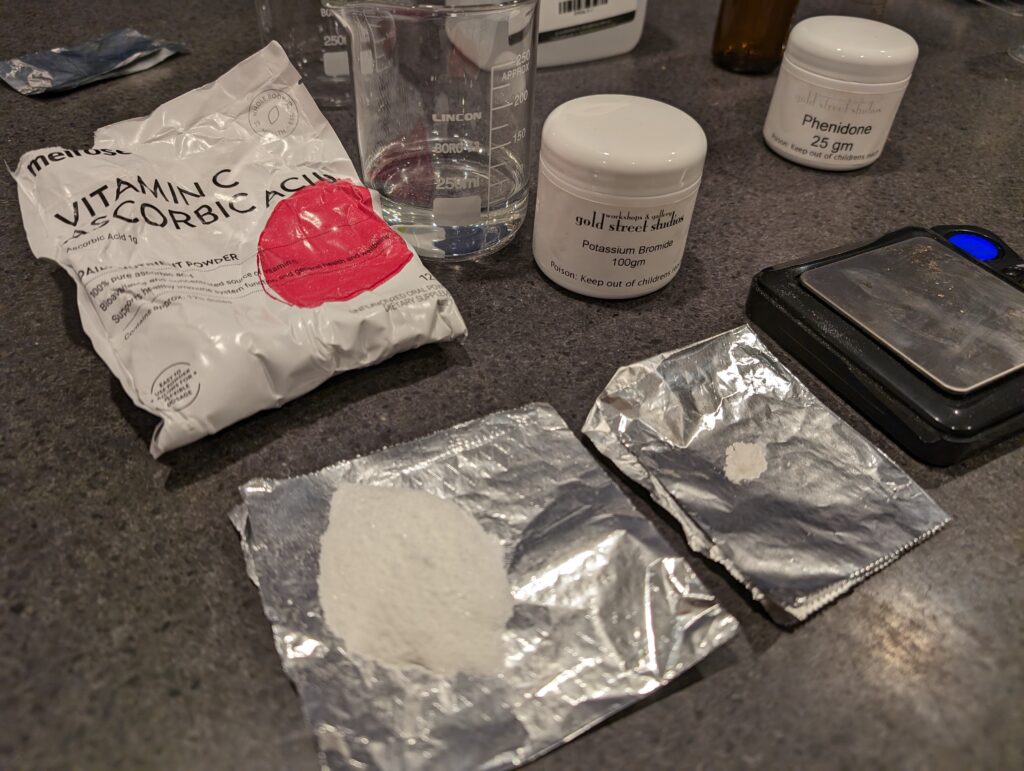
Once you are at temperature add the bromide and the vitamin C and give it a stir until dissolved. Caveat here, this can take a while! Vitamin C really doesn’t like to dissolve into solvents like this so be prepared to take a bit of time with this step. Re-heat as needed along the way.
After this is done you will need to let everything cool down to room temperature.
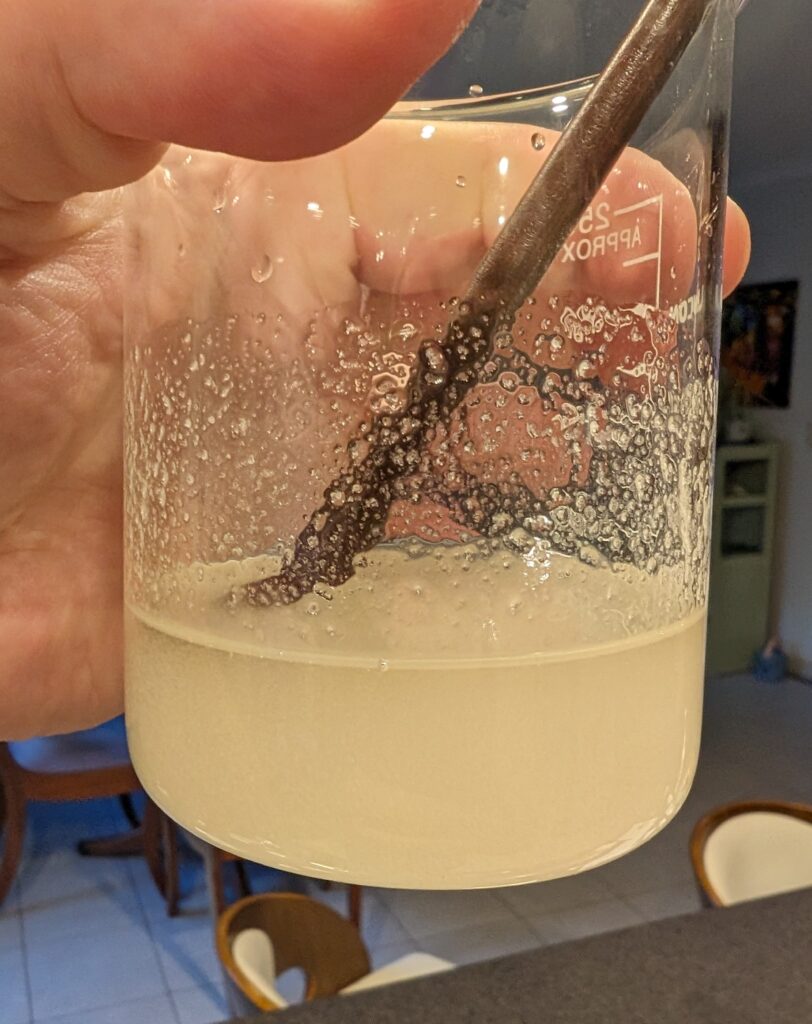
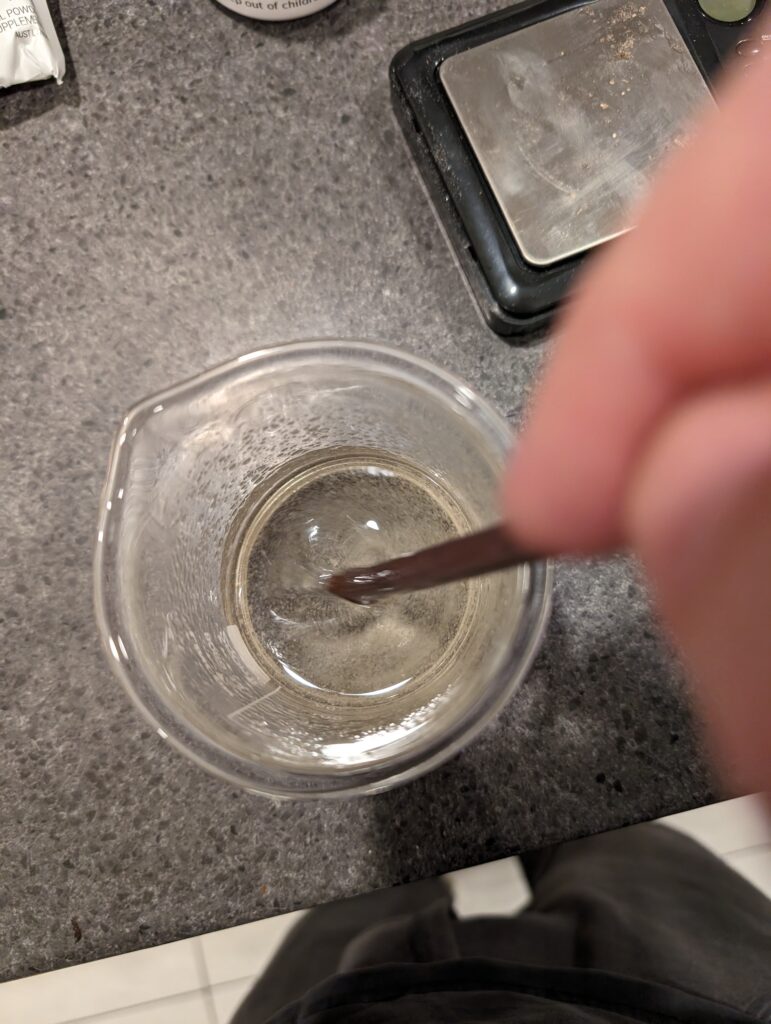
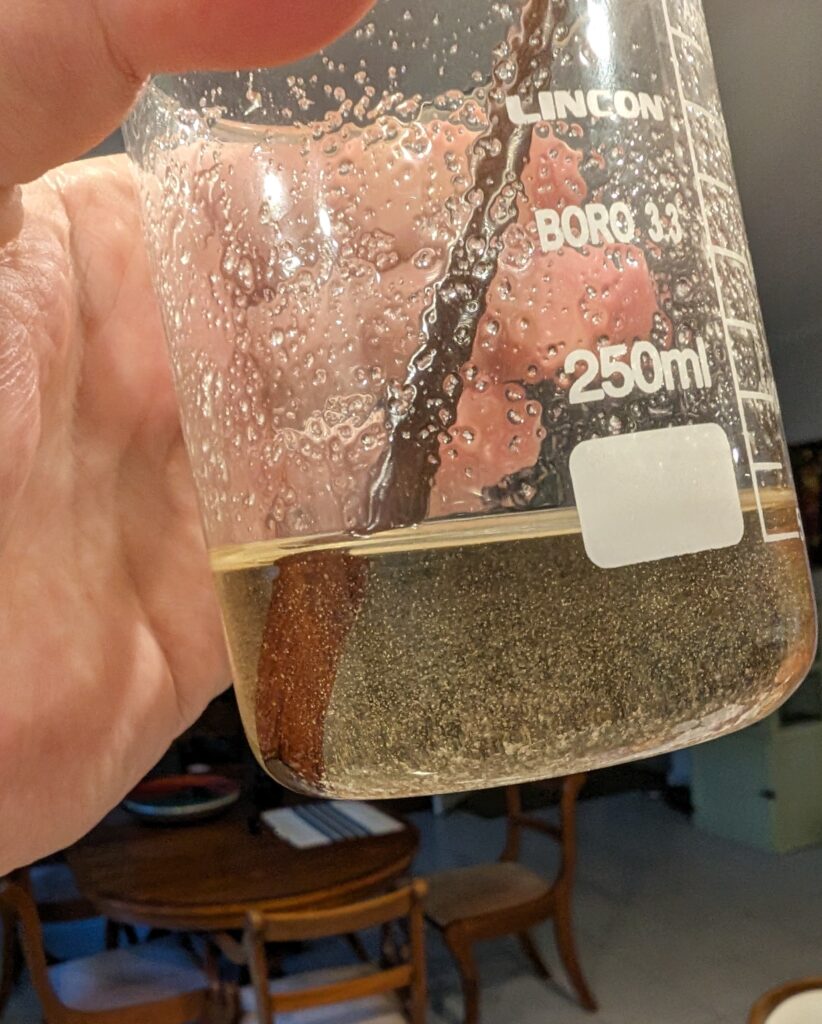
Step 3: Combine
Lastly you need to combine your phenidone and TEA solutions. Get the 75ml of the now cooled TEA solution and add 25ml of the phenidone solution to make a total of 100ml. Remember earlier when we said that with a 1% solution 10ml = 0.1g? Well, you guessed it,25ml is equivalent to 0.25g of phenidone that we need for this batch. You will have enough for another 3 batches remaining. Put a lid on it and store it in a cool dark place for next time.
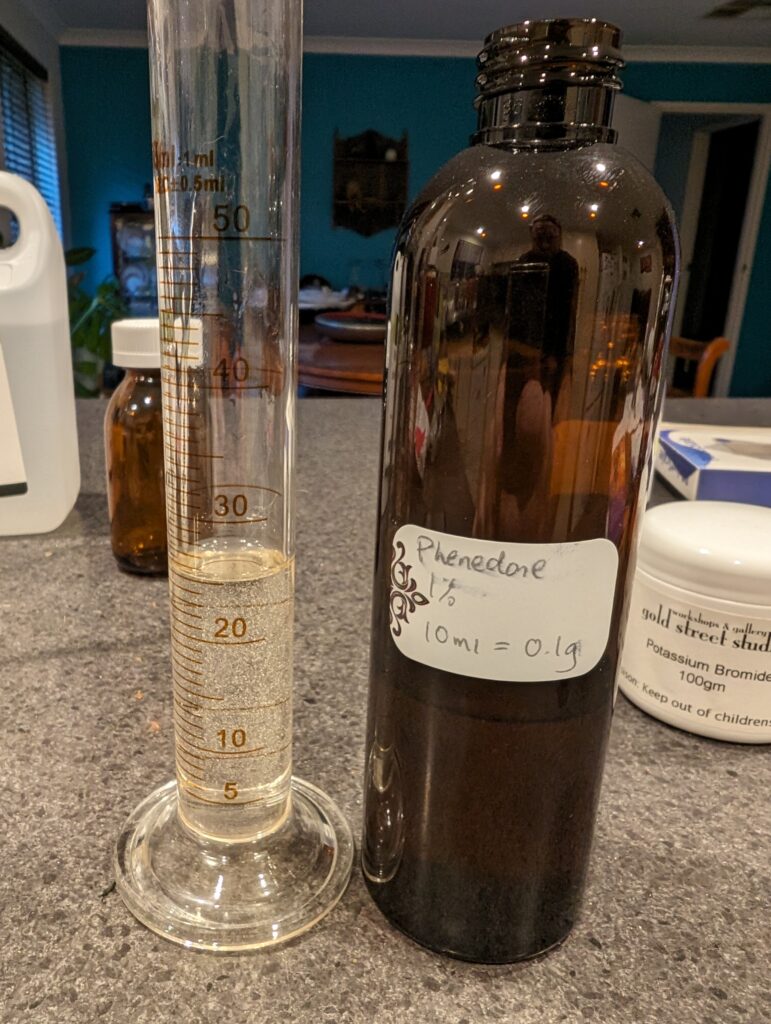
Stir your 100ml of PC-TEA to make sure that everything is mixed together. It will be the consistency of a thick syrup about the same as honey but not as fun to spread on your toast. Decant the mix into a brown or opaque air tight bottle and put the lid on.
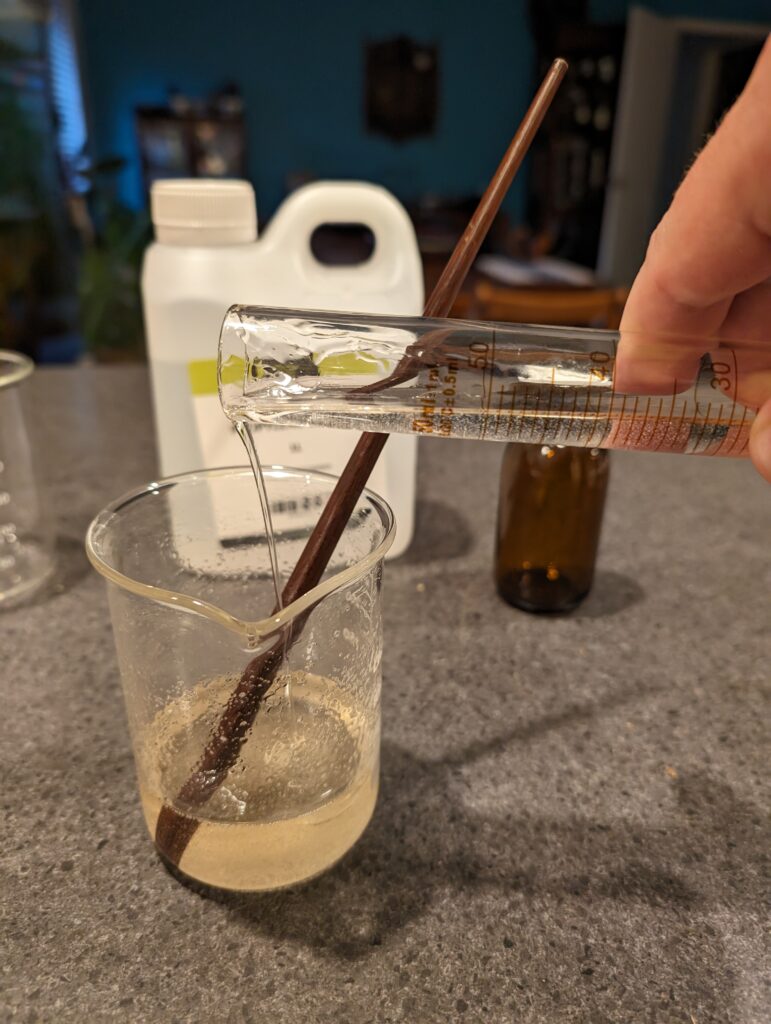
When using PC-TEA the recommended mix is 1:50. This will give you developing times that are equivalent to D-76 1:1 so if you hit the Massive Dev Chart this is a good starting point.As this is a home brew recipe though treat this as just that, a starting point, you may need to add a little extra time to get the results that you are after.Variations can come from how active your phenidone is and how good you have been at mixing everything according to the recipe.
What you can expect from PC-TEA when developing is decent sharpness but possibly a bit of grain. In regard to grain many developers contain an amount of sodium sulphite which helps to reduce the appearance of grain, hence you will see finer grain in developer such as Microphen or D-76, but probably not as much as you would get from Rodinal with comparable levels of sharpness. In PC-TEA you will notice more apparent grain in mid tones than in the very light or very dark areas of the image but not unpleasantly so.
You will notice that (just like Rodinal) when storing PC-TEA it will start off as a pale yellow/straw colour. Over time the solution will darken, going almost black. Don’t let this put you off, it will still work ok even if it looks like a double espresso.
Below you will find a few shots that have been developed using PC-TEA. These come from a range of cameras including a Minolta Dynax 5 with a Minolta AF 50mm f1.7, a Yashica J and Kiev 4 with Jupiter 8 lens, paired with a few different film stocks (Fomapan 100, AGFA APX100 and Fomapan 400).
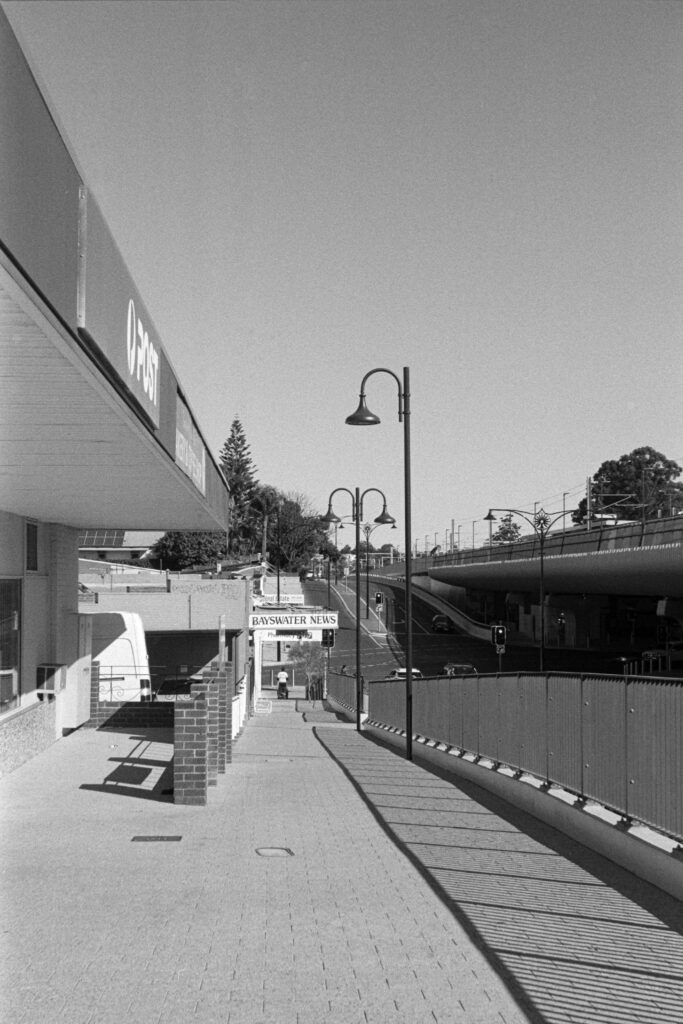
Yashica J.

Yashica J.
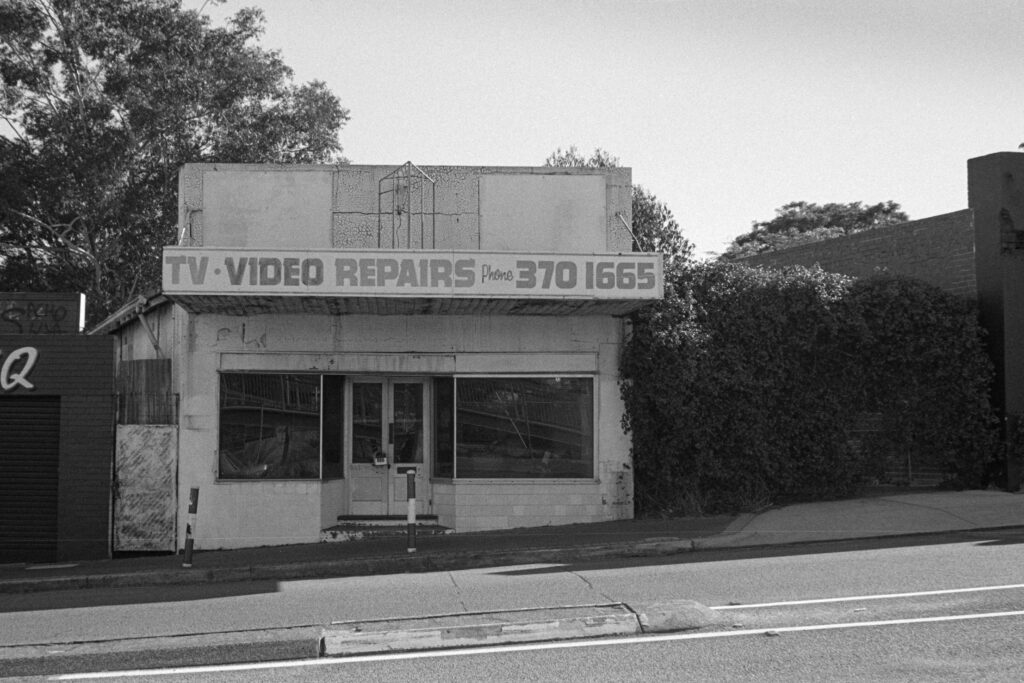
Yashica J.
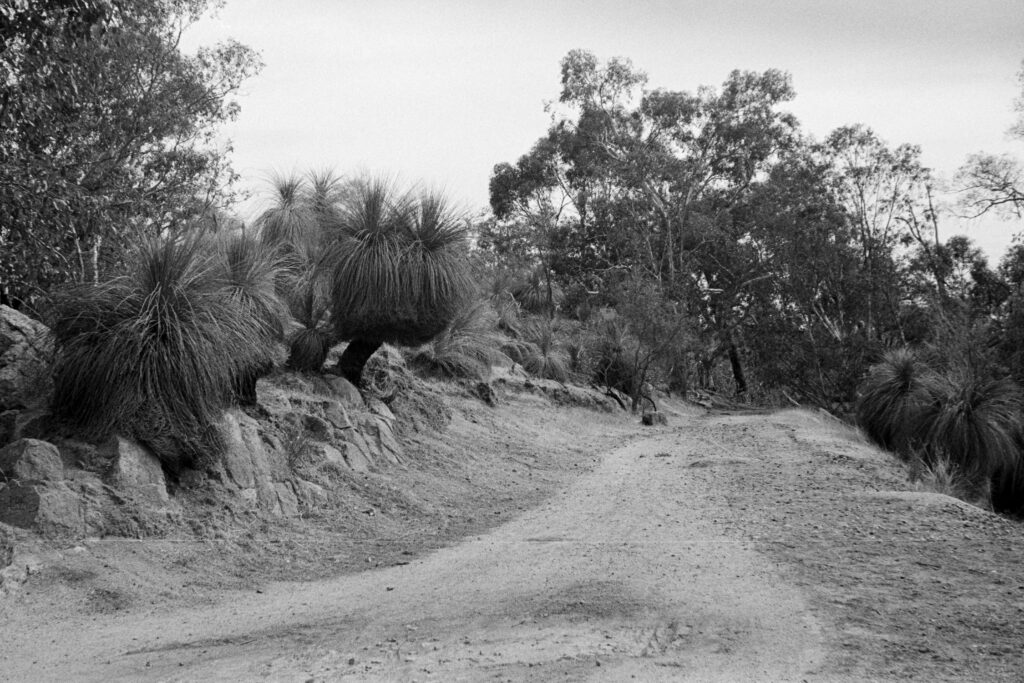
Yashica J.
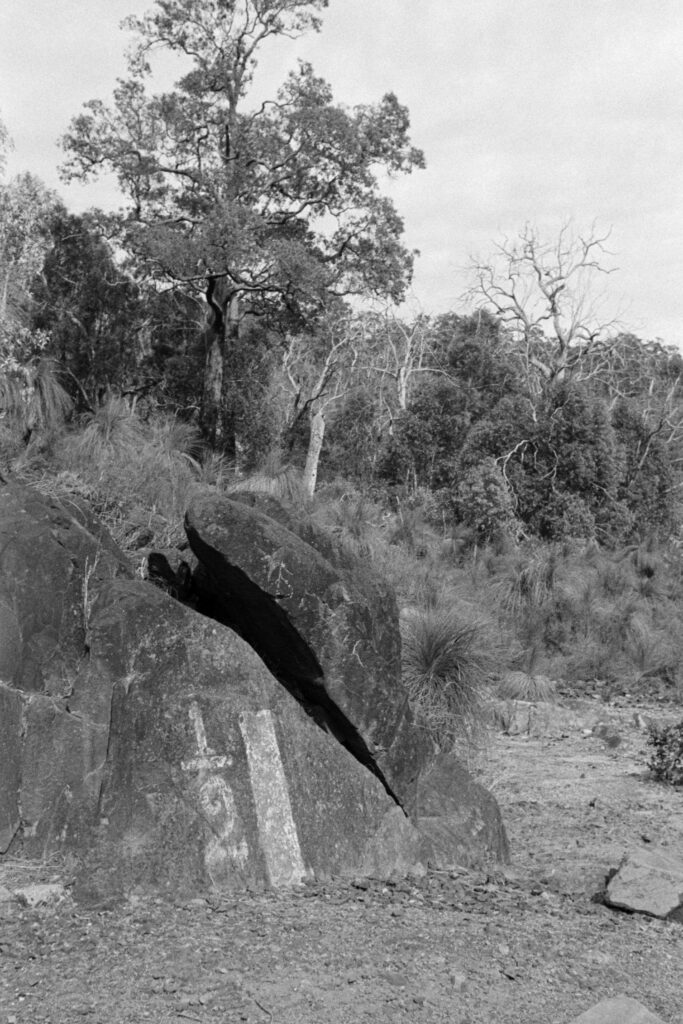
Yashica J.
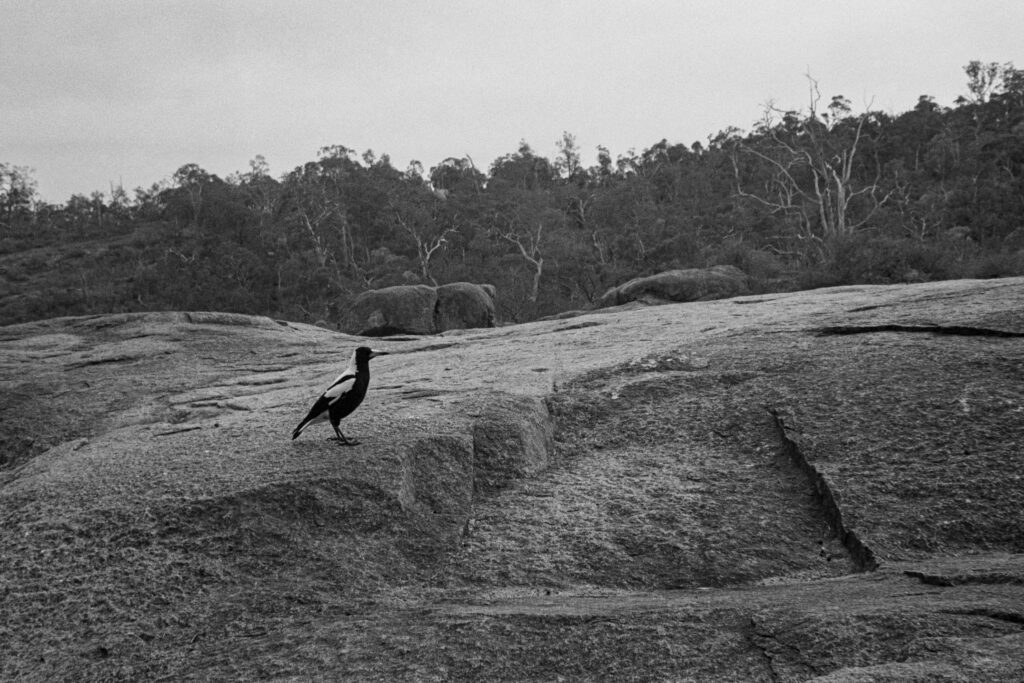
Yashoca J

Minolta Dynax 5 – Minolta AF 50mm f/1.7
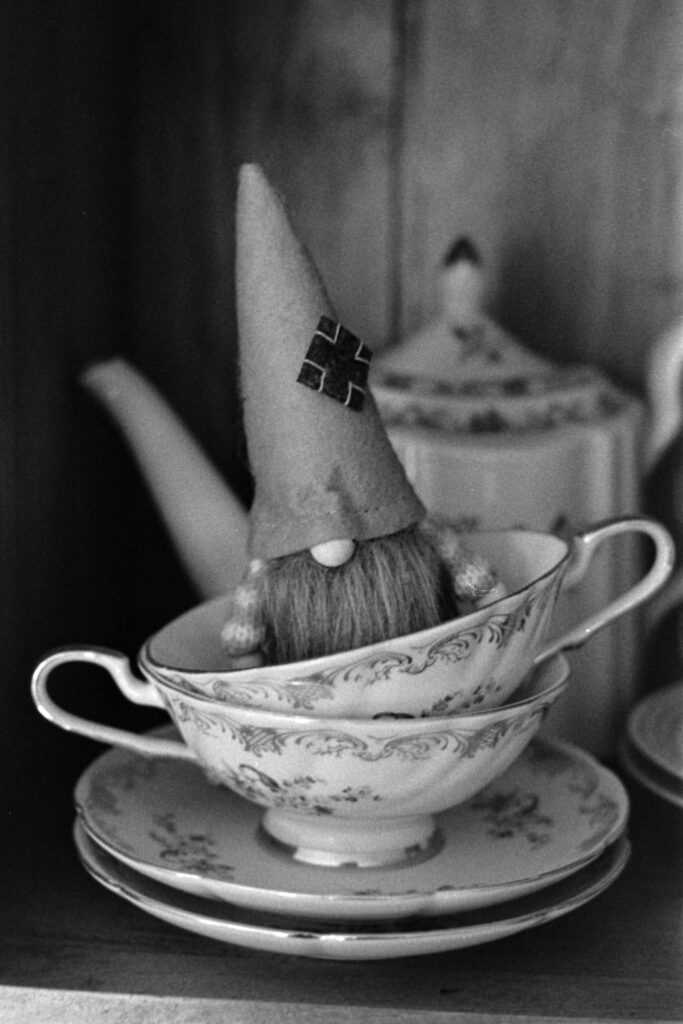
Minolta Dynax 5 – Minolta AF 50mm f/1.7

Kiev 4 – Jupier 8

Kiev 4 – Jupiter 8

Kiev 4 – Jupiter 8
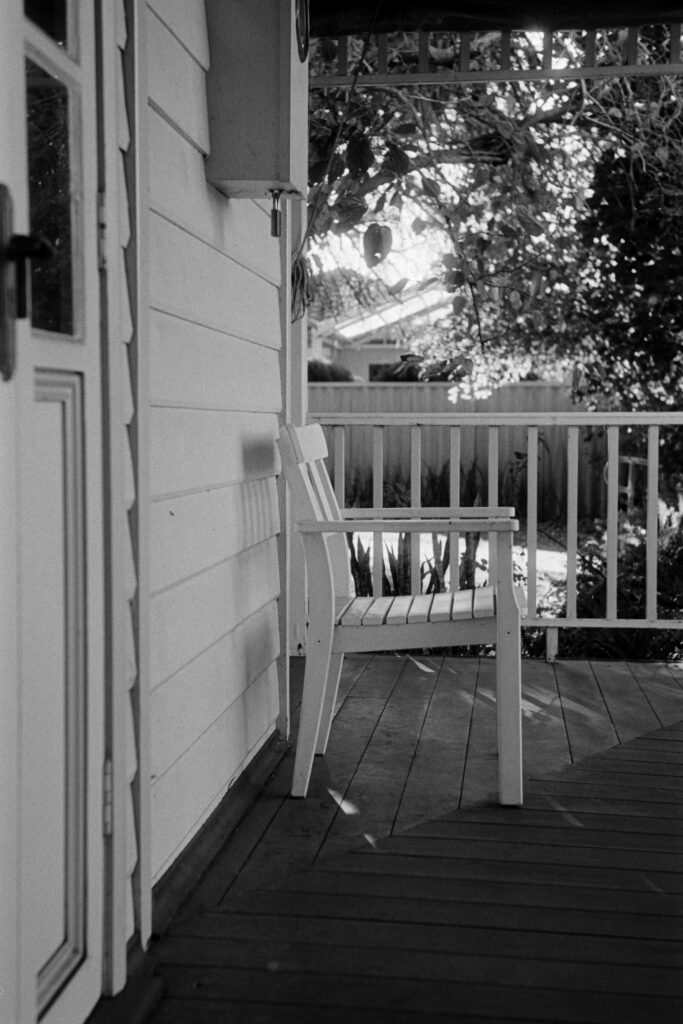
Kiev 4 – Jupiter 8

Kiev 4 – Jupiter 8
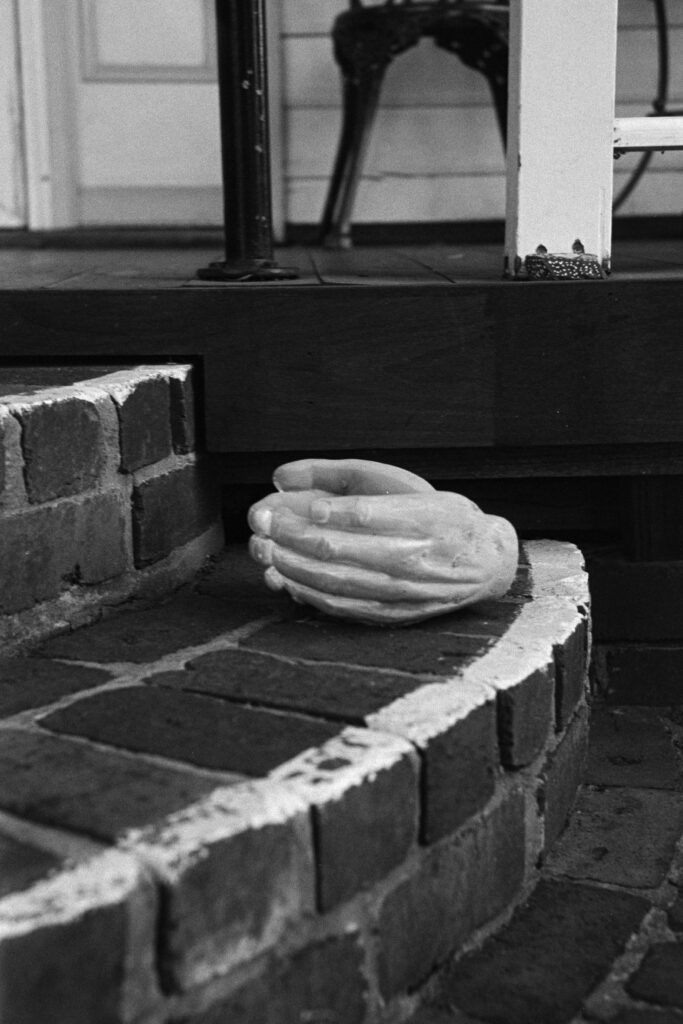
Kiev 4 – Jupiter 8
I hope you enjoyed my little foray into DIY chemistry and best of luck for your own experiments.
Share this post:
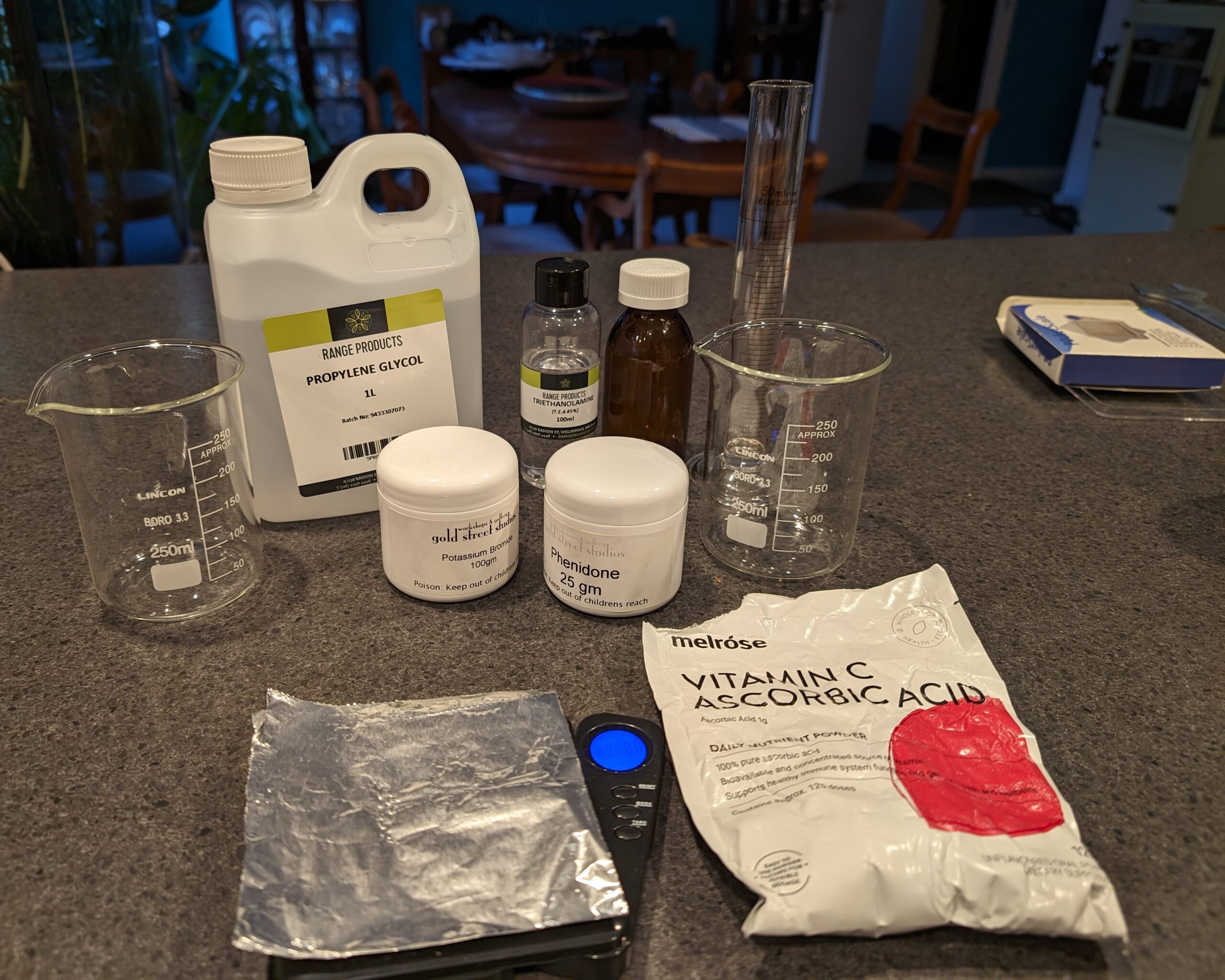
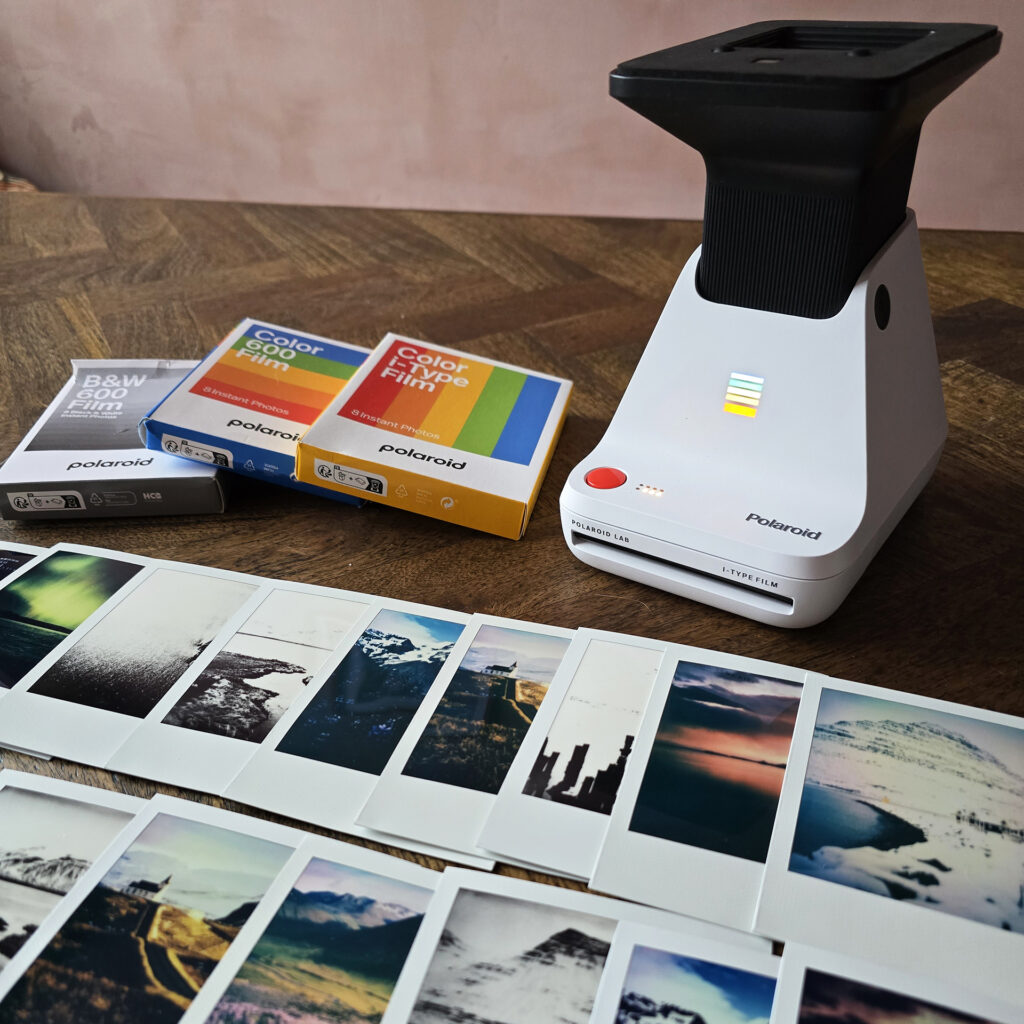
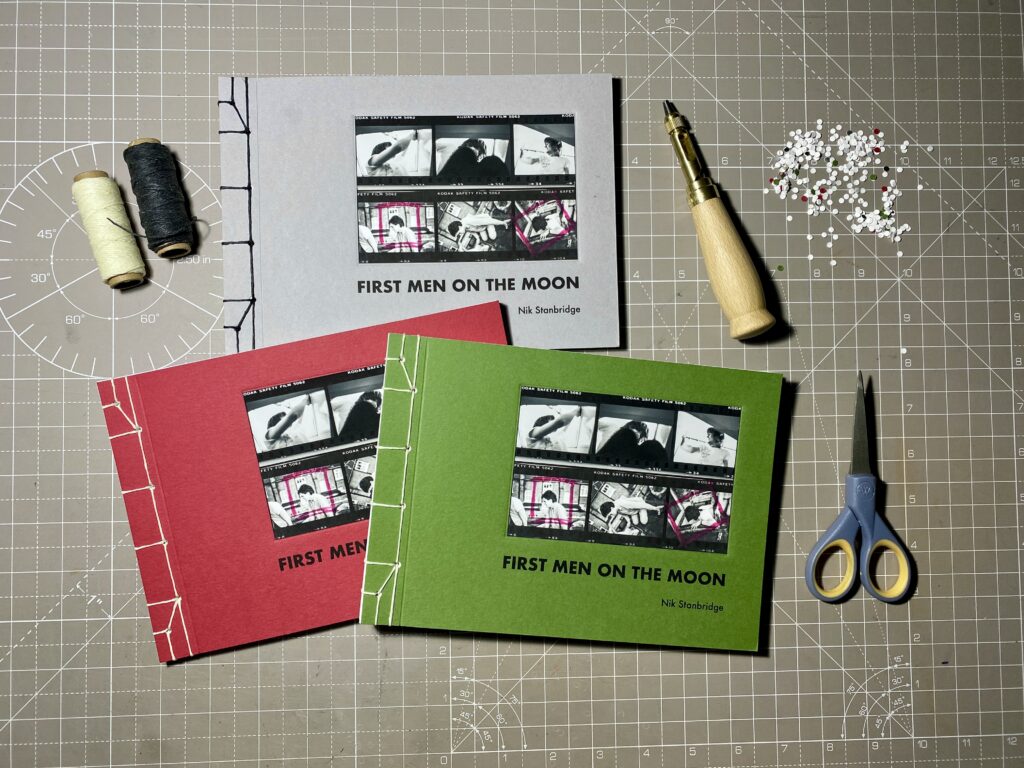

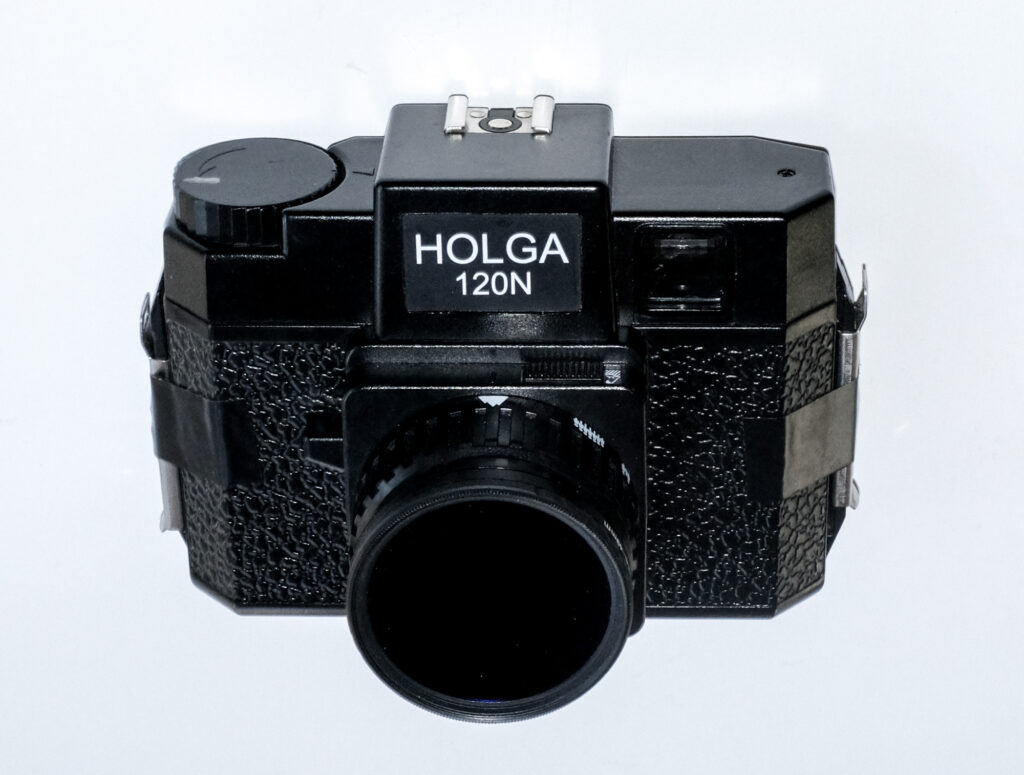




Comments
Jeffery Luhn on How to Make Tea… PC-TEA that is
Comment posted: 17/07/2024
Terrific DIY article on developers. I'll certainly by the book by Anchell. I want to compliment you on your artistic photos, which would have been great with any common developer. Wonderful compositions and TONES. TONES! Quite refreshing to see a technical article that goes beyond the dry comparisons. I'm just getting back into 4x5 and the ability to process individual sheets in different soups will be nice to revisit. Thank you for the inspiration. Jeffery
Graeme Stevenson on How to Make Tea… PC-TEA that is
Comment posted: 18/07/2024
In addition, heating organic chemicals in a domestic microwave is extremely hazardous and a good way to have a nasty accident. Use another method.
I would be surprised if you did indeed used triethylamine as it an extremely strong organic base with high vapour pressure with a strong and unpleasant smell, not to mention a significant degree of toxicity. It is certainly not in widespread use in anything like cosmetics and should only be used in a fume hood or similar. See https://www.epa.gov/sites/default/files/2016-09/documents/triethylamine.pdf
If you had heated a solution of triethylamine in a microwave it would have boiled rapidly (bp 89 deg C). Opening the door would have released the vapour into the room and those within with very unpleasant effects.
Triethanolamine on the other hand is a relatively innocuous weak base with low odour that is widely used in cosmetics. It boils at 335 deg C so heating in a microwave would not have caused major issues, although still not advisable, warming the vessel in a warm water bath is much safer.
The formulation below is the accepted for PC-TEA.
It is really important when using such chemicals that you are aware of what they are, what they are called and how to use them safely. Misrepresenting TEA as triethylamine could have serious consequences for somebody who actually had some and tried to use it as described above. At best the developer would not work, at worst they could cause themselves or others harm.
Even if this was a typo caused by an overzealous spellchecker it is a serious error.
Correct PC-TEA Formulation
100 ml triethanolamine (TEA)
9 g ascorbic or erythorbic acid (AKA isoascorbic acid)
0.2 g phenidone
Heat to approx 90 deg C F until dissolved.
Stevenson G on How to Make Tea… PC-TEA that is
Comment posted: 22/07/2024